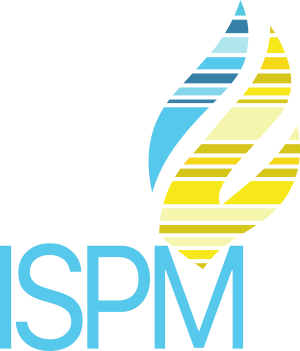Home › Forums › Tobacco Harm Reduction › Scrum Master statistical question
- This topic has 3 replies, 2 voices, and was last updated 3 years, 11 months ago by
 Lorenzo Vetrano.
Lorenzo Vetrano.
-
AuthorPosts
-
7 May 2020 at 12:45 #2126
By googling it I found a thesis about bayesian network and agile https://pdfs.semanticscholar.org/d7e4/2b308d47a54b91e985e694bc2ebf47bee59d.pdf Thank you. Stay safe you all. Cheers from Rio.
-
This topic was modified 3 years, 11 months ago by
 Claudio Saitta.
Claudio Saitta.
-
This topic was modified 3 years, 11 months ago by
 Claudio Saitta.
Claudio Saitta.
-
This topic was modified 3 years, 11 months ago by
 Claudio Saitta. Reason: I fixed the content 'cause of wrong copy and paste. ;)
Claudio Saitta. Reason: I fixed the content 'cause of wrong copy and paste. ;)
7 May 2020 at 17:06 #2139Something went wrong with my post, will repost again the whole message. Please do not consider this one. Thanks.
7 May 2020 at 17:14 #2140Dear Lorenzo and all
Please correct me if I had misunderstood any of it. Agile Process is a continuous process of reviewing and adapting in small pieces (cycles) a larger project in order to accomplish your objectives. I was wondering if there is a methodology of cycles prediction.
For example, in your reviewing process, what is the best length of your review cycle?
Or how many cycles can be best fitted in a project?
As you are considering information from the past cycle to make a decision on the future, when we apply Agile the uncertainty
of the past (could be an unpredictable response to feedback) is considered. If there is uncertainty, you can build ways to try to predict those uncertainties with Bayesian or Frequentist statistics.
Therefore, my question is if you can predict length and how many cycles will be needed to best fit your model.
If you can predict these Parameters (length and how many), how do you predict them with statistics?
Bayesian will give you credible intervals (the parameter’s value is fixed but has been chosen from some probability distribution known as the prior probability distribution) and frequentists
will give you a confidence interval (a range of values designed to include the true value of the parameter with some minimum probability, say 95%). Maybe it does not make a difference regarding methodology of cycle prediction.
By googling it I found a thesis about bayesian network and agile (https://pdfs.semanticscholar.org/d7e4/2b308d47a54b91e985e694bc2ebf47bee59d.pdf). Thanks!-
This reply was modified 3 years, 11 months ago by
 Claudio Saitta.
Claudio Saitta.
-
This reply was modified 3 years, 11 months ago by
 Claudio Saitta.
Claudio Saitta.
19 May 2020 at 09:46 #2168Dear Lia,
thanks for you questions and the attached document.
Based on my experience I can tell you that any project/context needs a different pace. I went from 3 weeks to 1 day in the case of Tech Support. I know that every customer/PM needs to predict time, scope and cost. You could use any method you know (statistics, parametric, analogous), but are we sure that the considered context will not change or already changed? You could try, but very likely it will not fit (shorter or longer).
For this reason Agile approach is empirical, just the context can teach and give you feedback.
Consider me avaialble to speak futher about that.
Regards,
LV
-
This reply was modified 3 years, 1 month ago by
 Claudio Saitta. Reason: formatting correction
Claudio Saitta. Reason: formatting correction
-
This topic was modified 3 years, 11 months ago by
-
AuthorPosts
- You must be logged in to reply to this topic.

